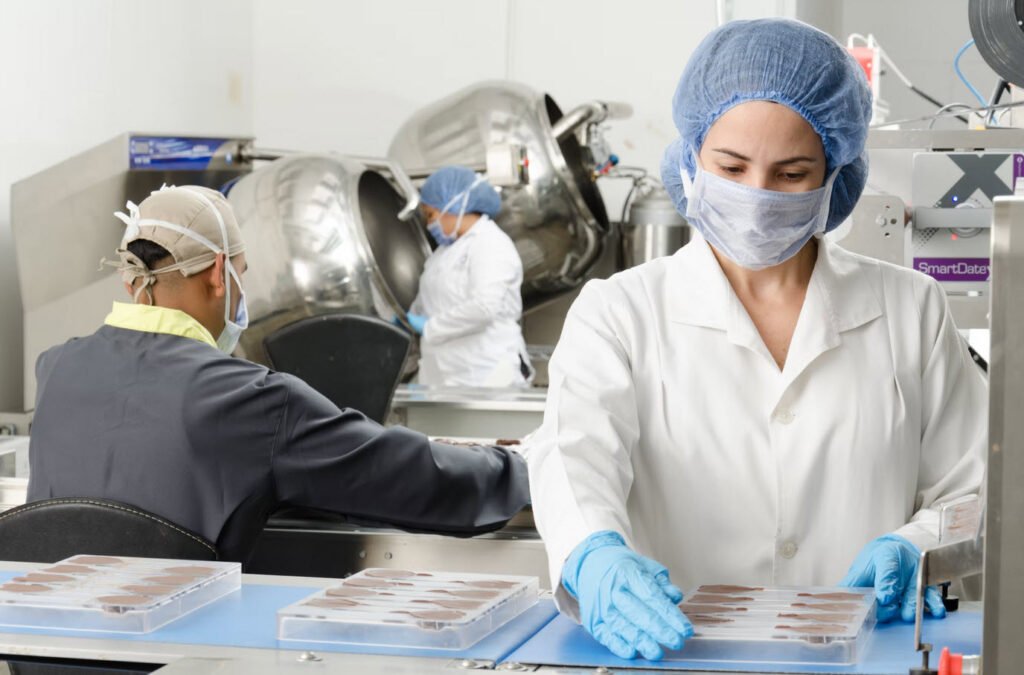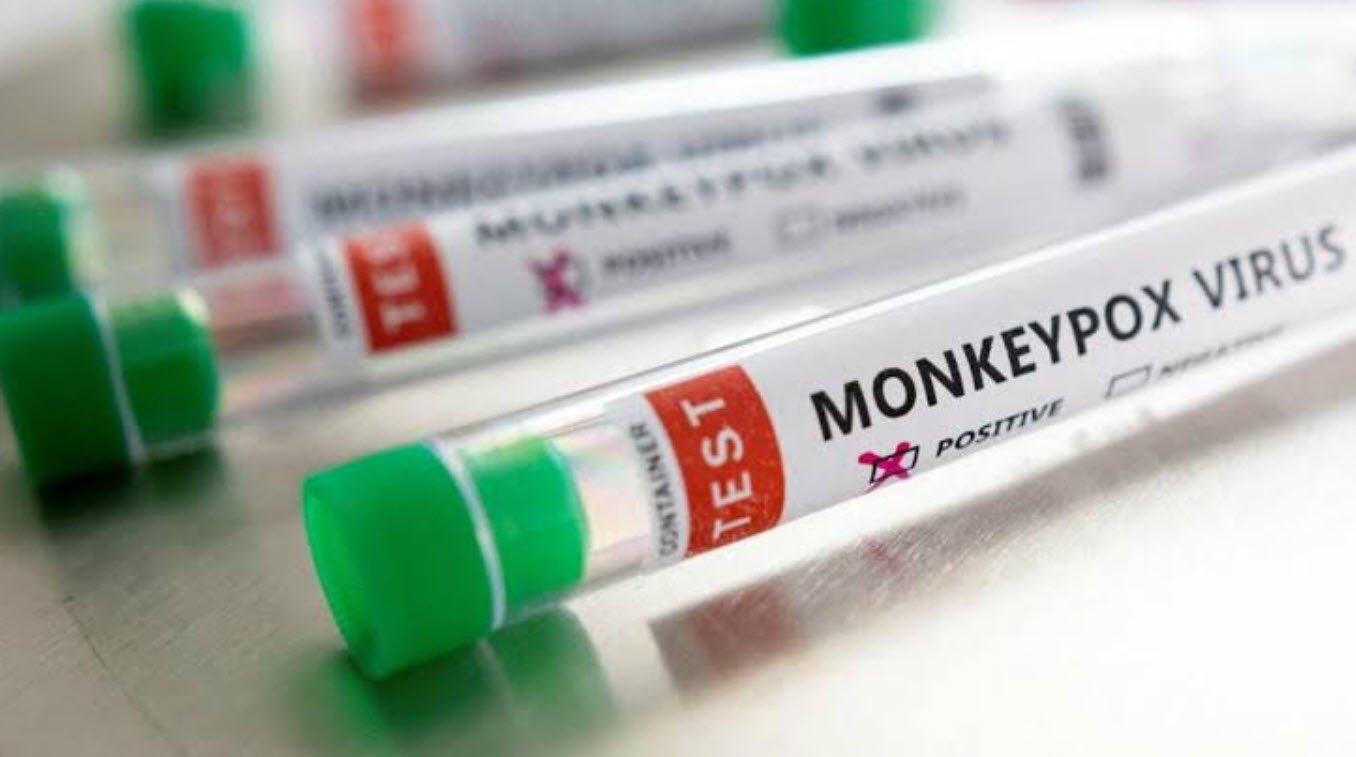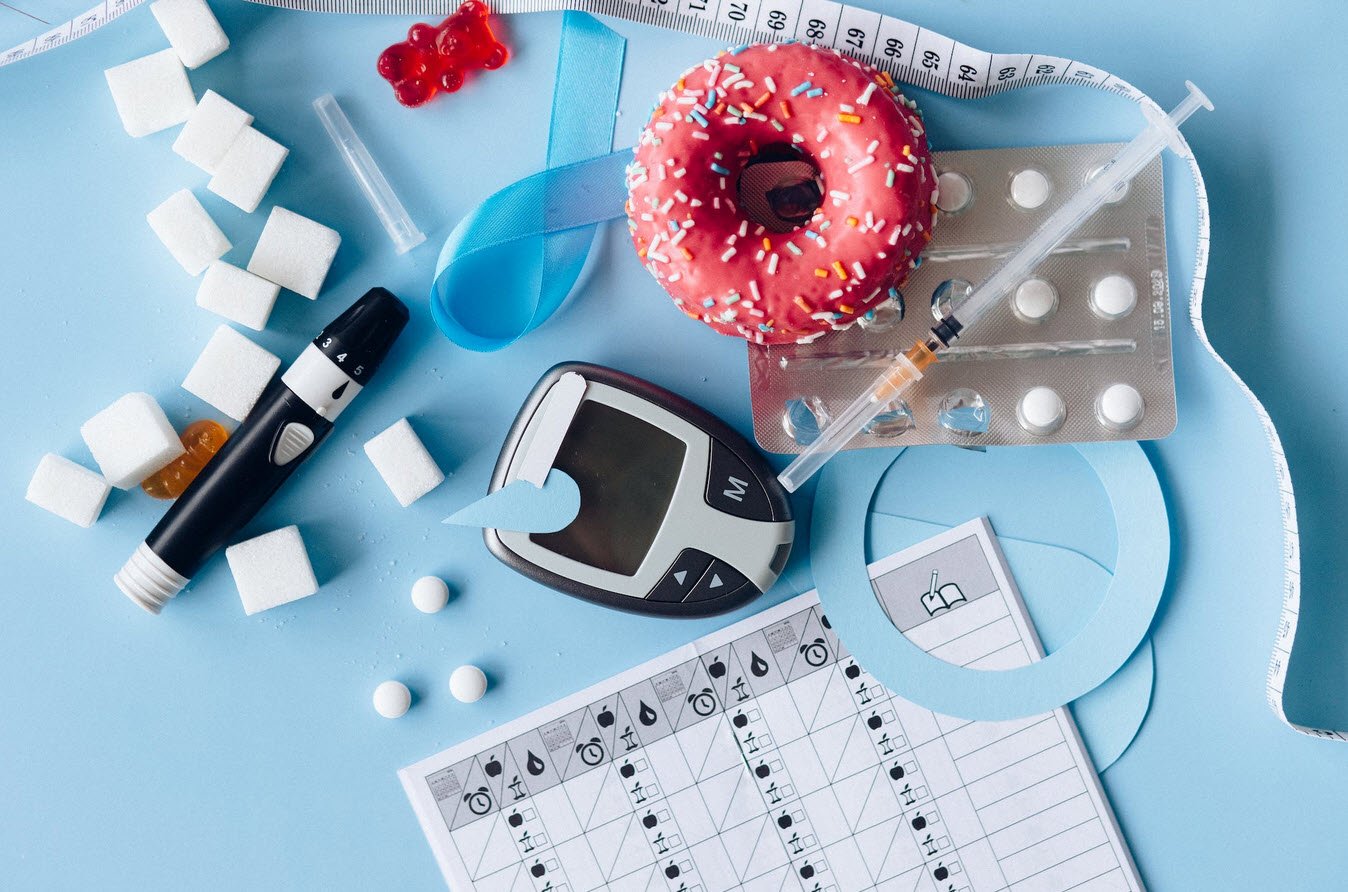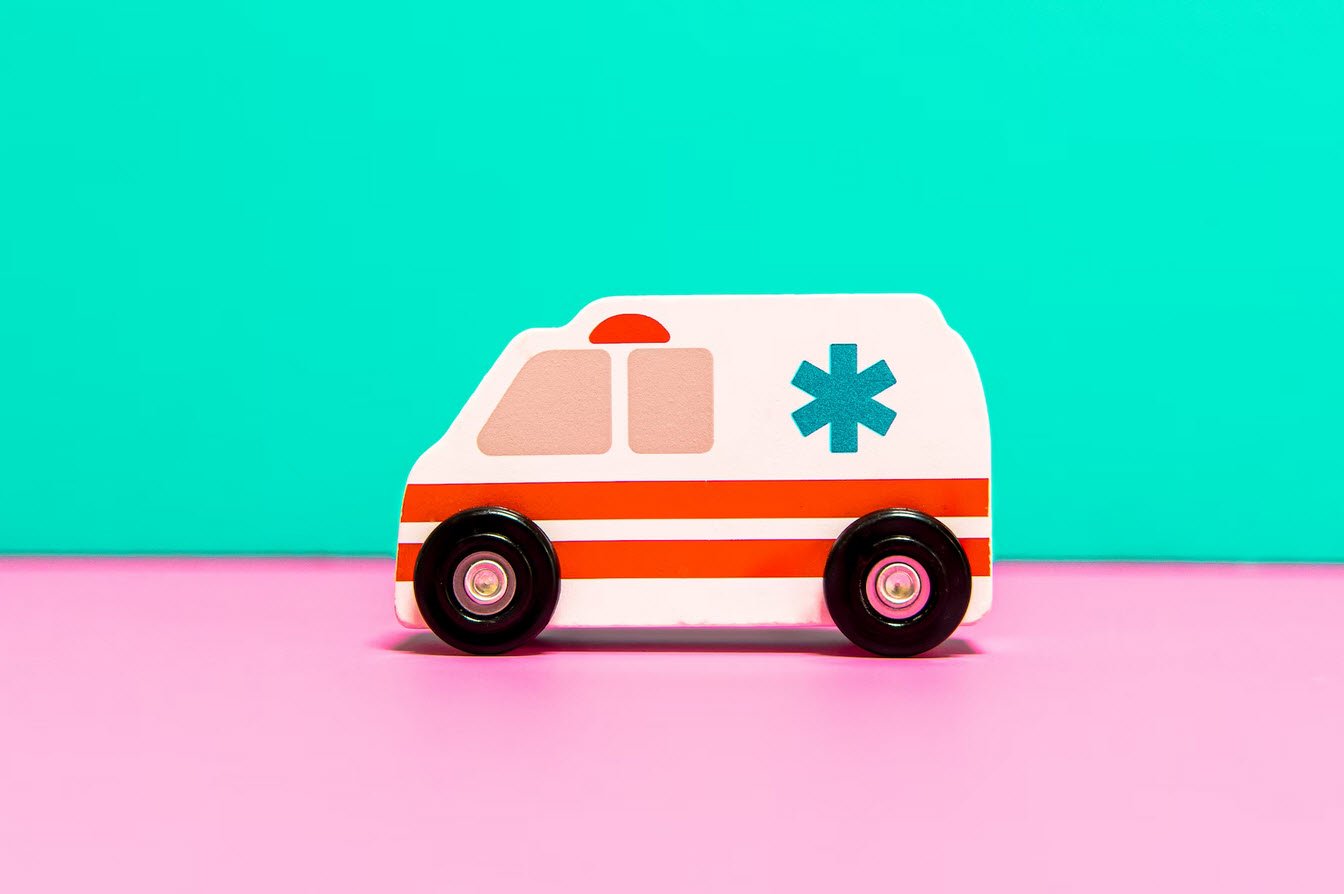
Anemia, which means lacking blood, is among the most common diseases affecting human beings. It indicates a deficiency in pigment and rich red blood cells and is typically brought on by eating processed meals. The blood flowing in our veins and arteries is living tissue.
Nearly half of it consists of red blood cells which carry oxygen to the tissues. Approximately one trillion (10,000 million) new blood cells are formed in the bone marrow daily. Iron, proteins, and vitamins—particularly folic acid and vitamin B12—are necessary as raw materials in the formation of these cells. Haemoglobin, a protein that gives blood its red color, is made of “heme,” an organic iron molecule. The globin is a sulfur-bearing protein that makes up 96 percent of the molecule.
Thus, appropriate dietary amounts of iron and protein are necessary for the production of hemoglobin. Red blood cells are constantly being destroyed and replaced and have a lifespan of roughly 120 days. Each person has to have five million red blood cells per millimeter, or 15 grams to 100 ccs of blood, and 100% hemoglobin. Anemia is brought on by a decrease in hemoglobin levels, which also affects the blood’s capacity to deliver oxygen to the tissues.
Symptoms
The chief signs of anemia include a gaunt appearance, lines of strain, early wrinkles, a greyish complexion, and dull, tired-looking eyes. Other symptoms include poor memory, weakness, dizziness, fatigue, lack of energy, shortness of breath on exertion, slow healing of wounds, headaches, mental depression, pale fingers, lips, and ear lobes.
Usually, the patient complains of feeling weak, easily tired, low energy, and lightheaded.
Causes
There are two principal causes of anemia. It may be caused by reduced or low production of red blood cells as a result of protein, vitamin, iron deficiencies, or bone marrow problems. Anemia can also result from heavy blood loss from trauma, bleeding piles, or heavy menstruation.
Anemia may also be caused by a deficiency in the hydrochloric acid digestive enzyme required for the breakdown of proteins and iron. A lack of digestive acid or hydrochloric acid needed for the digestion of iron and proteins may also result in anemia. Emotional strain, anxiety, and worry usually interfere with the manufacture of hydrochloric acid in the body.
Anemia can also be caused by a variety of drugs that destroy vitamin E or by others that inactivate the nutrients needed in building blood cells. Chronic diseases such as tuberculosis, when accompanied by hemorrhage, may also result in anemia. Other little-known causes of anemia are intestinal parasites or worms. Hookworm, pinworms, roundworms, and tapeworms feed on the blood supply as well as on vitamins.
A tapeworm can result in a severe lack of vitamin B12, and twenty-five hookworms can devour fifteen grams of blood every 24 hours. Itching in the rectum, agitation at night with horrible dreams, diarrhea, bad breath, dark circles under the eyes, and an insatiable appetite are all signs of intestinal worms.
Some forms of intestinal parasites can be eliminated with the use of garlic. Fresh papaya and grated raw carrot are also effective. After successful treatment for intestinal worms, perfect cleanliness should be observed to prevent a recurrence. the remedy for Preventing anemia is significantly simpler than treating it. To a great extent, iron-deficiency anemia can be avoided by consuming plenty of iron during the formative years. The most crucial factor in the management of anemia is diet.
Treatment
Almost every nutrient is needed for the production of red blood cells, hemoglobin, and the enzymes, required for their synthesis. Refined food like white bread, polished rice, sugar, and desserts rope the body of the much-needed iron. The usage of inorganic iron can be dangerous, damaging the antioxidant vitamins and unsaturated fatty acids, leading to major liver damage, miscarriages, and delayed or premature births.
Iron should always be used in its natural, organic form. The common foods rich in natural organic iron are wheat and wheat grain cereals, brown rice and rice polishings, green leafy vegetables, cabbage, carrot, celery, beets, tomatoes, spinach; fruits like berries, grapes, raisins, figs, dates, peaches, apples, cherries, and eggs.
It has been established that consuming large amounts of iron by itself will not aid in hemoglobin regeneration. Protein supply should also be sufficient. Therefore, a sufficient amount of high-biological value proteins, such as those found in milk, cheese, and eggs, should be included in the diet.
Additionally, copper is necessary for the utilization of iron in the synthesis of hemoglobin. For the treatment or prevention of anemia, vitamin B12 is essential. The usual source of this vitamin is animal protein, particularly in organic meats like kidneys and liver. High hemoglobin and high red blood cell count are frequently linked to a substantial meat diet, however, this diet has drawbacks as well. One cause of anemia is intestinal putrefaction, which is primarily brought on by a high-meat diet.
Additionally, due to the widespread diseases that plague the animal kingdom, all meats are becoming more and more dangerous.
There are, however, other equally good alternative sources of vitamin B12 such as dairy products, like milk, eggs, and cheese, peanuts. Wheat germ and soybeans also contain some B12. Eggs, milk, and other dairy products should all play a significant role in a vegetarian’s diet. The entire B-complex family, which includes B12, as well as the natural foods mentioned above, must be taken to prevent anemia.
Consuming lactose-containing foods, which are complete proteins and also contain vitamin B12, is a smart way to prevent illness. A good source of full protein is brewer’s yeast. To aid in iron absorption, ascorbic acid must be consumed in large quantities.
Everyday consumption should include two servings of citrus fruits and other foods high in ascorbic acid. Beets must be included because they are crucial in the treatment of anemia. Beet juice is rich in minerals like potassium, phosphorous, calcium, sulfur, iodine, iron, copper, and sulfate as well as vitamins like B1, B2, niacin, C, and P. Beet juice’s high iron content aids in red blood cell renewal and reactivation, oxygen delivery to the body, and normal vesicular breathing processes.
One of the best treatments for anemia is a cold water bath. Twice a day, the patient should get two properly graded cold baths. Additionally advised are cold friction, a hot Epsom salt bath for five to ten minutes once a week, and an occasional cabinet steam bath. As sunshine encourages the creation of red cells, full sun showers are particularly advantageous.
There are additional crucial elements that aid in treating anemia. To tone up the system, deep breathing, easy yoga asanas, and light activity like walking should be practiced. It is advised to practise shavasana, uttanpadasana, and sarvangasana paschomittanasana. Additionally, massage keeps the blood pressure up.
You may also like:- How Do I Know If I Have Coronary Artery Disease?
- Monkeypox Virus – Understanding Its Origins, Symptoms, and Prevention
- 51 Ways to Reduce Allergies – A Comprehensive Guide
- Six Different Types of Anxiety Disorders You Need To Know
- Cataracts vs. Glaucoma – Unraveling the Differences in Two Common Eye Conditions
- Asthma – A Chronic Inflammatory Disorder
- Diabetes – Types, Causes, and Symptoms
- Exploring the Spectrum of Diseases – A Comprehensive Overview of Different Classes
- What is Oppositional Defiant Disorder (ODD)?
- Black Pox – Unraveling the History and Horror of Smallpox








